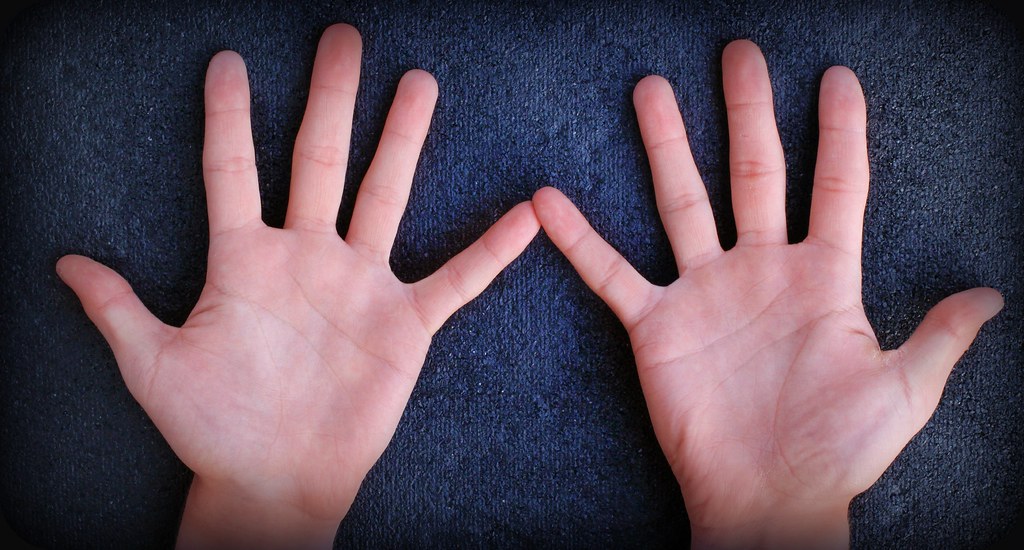The Widespread Problem of Carpal Tunnel Syndrome
 Every year in the US, it is estimated that more than 500,000 people undergo surgery for carpal tunnel syndrome (CTS), a condition where the median nerve in the wrist at the base of the hand is compressed, due to swelling of the nearby ligaments. The median nerve provides sensory and motor functions to the thumb, and three middle fingers.
Every year in the US, it is estimated that more than 500,000 people undergo surgery for carpal tunnel syndrome (CTS), a condition where the median nerve in the wrist at the base of the hand is compressed, due to swelling of the nearby ligaments. The median nerve provides sensory and motor functions to the thumb, and three middle fingers.
Symptoms of carpal tunnel
Damage to the median nerve in the wrist can cause symptoms such as:
- pain or numbness in the hand
- pins and needles feeling in the fingers
- sharp pains or numbness in the forearms
- burning or tingling of the fingers
- pain at night when the hands are at rest
- difficulty making a fist with your hand
- loss of ability to feel heat and cold
- loss of hand strength and inability to hold objects
Type of jobs with high risk
Nearly half of all those with CTS develop it from job-related activities.
The condition can be caused by excessive repetitive movements of the fingers and hand, such as typing, using a keyboard and mouse, or using high force or vibratory type tools in assembly work or mechanical occupations. Cold temperatures can make the problem worse. The symptoms of pain and numbness tend to increase during periods of rest and at night.
Early diagnosis
It is estimated that nationwide, CTS causes the largest percentage of days people are absent from work. Even with preventative measures, surgery and physical therapy, a small percentage of people often have permanent nerve damage. Early diagnosis and treatment is an important way to reduce the chances of permanent damage.
Risk to women
Medical professionals estimate that women are three times more likely than men to develop the condition.
Other factors that can increase the risk of developing CTS are:
- length and severity of symptoms
- poor overall health
- more than 50 years old
- being overweight
- wrist injuries involving broken bones
- a family history of carpal tunnel
- hormonal changes, such as menopause, pregnancy and thyroid imbalance
- other medical conditions such as arthritis or diabetes
Research studies have not established any specific or concrete causes that result in carpal tunnel, because of various degrees of severity of patient symptoms. And, as a result the treatment methods such as physical therapy and surgery also have variable results.
Standard treatment for carpal tunnel includes:
- wearing a wrist and hand splint to prevent movement
- anti-inflammatory medications to reduce swelling
- pain medications
- ergonomic modifications of work spaces
- physical therapy to strengthen the hand and wrist
- surgery to relieve pressure on the nerve
The surgery involves cutting the flexor tendons next to the median nerve by means of an open or endoscopic procedure. Up to ninety percent of patients find pain relief from the surgery. Recovery and pain management is shorter for the endoscopic type surgery. Open surgery patients are more likely to require additional surgeries.
Some complications can include nerve damage, pain and tingling, scarring, and stiffness. About ten percent of patients see a reduction in hand strength following surgery and persistent problems with the upper arms and shoulders.
Workspace modifications
CTS is also referred to as repetitive stress injury, and many employers are taking steps to reduce the occurrence of it. One of the best practices is to vary the type of work tasks of employees, so they avoid things like typing for long periods of time.
Even though there is still no evidence or definitive proof that workstation modifications at computer jobs can completely eliminate the possibility of getting CTS, some helpful things to do are to:
- use ergonomic office furniture like chairs with good back support
- provide stand up desks as an option
- encourage frequent breaks and rest periods
- use mouse pads and keyboards with wrist wrests
- make sure desks are set up to encourage good posture
Here are some things to keep in mind about office workstation effectiveness:
- avoid typing continuously for long periods
- shoulders should be relaxed
- monitors should be eye level
- elbows should be at the sides of the body and wrists straight
- feet should be planted firmly on the floor
- do neck exercises to increase flexibility
- use a keyboard that does not require excessive force
- use a trackball-type mouse decreases hand strain
Use an innovative keyboard or software
There are also some new types of keyboards that reduce wrist strain. They are the alternative geometry keyboards, (Microsoft natural keyboard, Apple Adjustable) which allow for the adjustment of tension, split or slanted keyboards that keep the wrist neutral, and continuous passive keyboards (CPM) that lift and move periodically to reduce tension. There are also keyless keyboards (orbitouch) that use two domes for movement and typing.
Another option for CTS sufferers is voice recognition software for computers that allows you to dictate to the computer and produce documents. Employees in computer jobs and other occupations can also do periodic exercises throughout the workday and during off-work hours to strengthen their hands, wrist and forearms. People who exercise regularly and maintain good health have reduced chances of getting CTS.
Encouraging employees to practice stress relief activities outside work, such as meditation, yoga, pilates and aromatherapy can help improve overall employee health, helping to reduce the strain of physical stress from daily work activities. Yoga has been shown to be especially effective for strengthening the upper body. Anyone with recurrent wrist pain, numbness, tingling or weakness of the hand should consult a medical professional for an evaluation and recommendations for a treatment plan.

All these medical "treatments" are not necessary at all.
Piano players simple exercising first learned how to position their hands on the piano. No CTS.
Before PC's hit every house and office, the secretaries were trained how to position their hands on the type writers. No CTS.
Golden rule: DO NOT REST YOUR ARMS WHILE TYPING.







